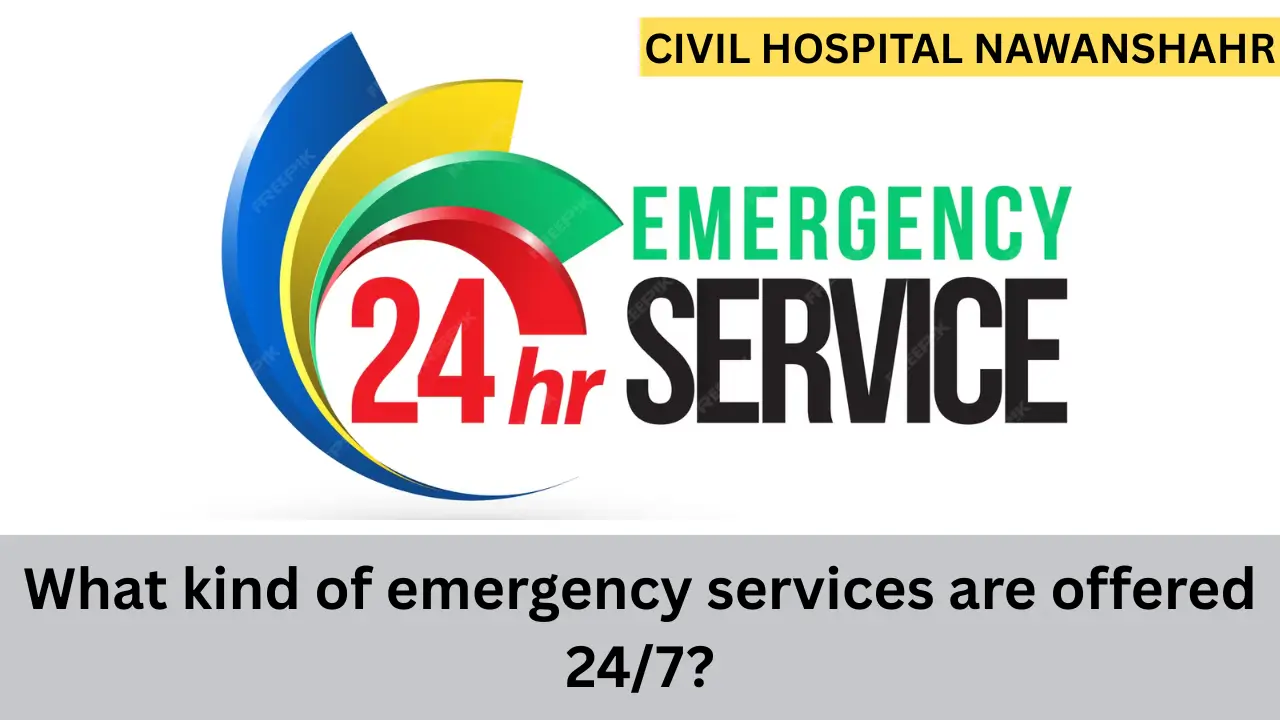Emergencies do not adhere to regular business hours; they can happen anytime, anywhere. To address these urgent situations timely and effectively, many critical emergency services operate 24/7, providing continuous care and response to safeguard public health and safety. This article explores the wide range of emergency services that are available round-the-clock, their functions, and the latest developments in ensuring prompt emergency response.
Overview
24/7 emergency services refer to critical response systems and teams that are available at all hours, every day of the week. Their continuous availability is essential as emergencies can be medical, fire-related, police-related, or involving disasters or accidents requiring immediate intervention. The key objective is to minimize harm, save lives, and ensure public safety.
Types
The major categories of emergency services that operate 24 hours a day, 7 days a week include:
1. Emergency Medical Services (EMS)
- Ambulance services with trained paramedics and emergency medical technicians (EMTs)
- Rapid response for heart attacks, strokes, trauma injuries, respiratory distress, and other critical medical cases
- Patient stabilization and transportation to healthcare facilities
- Specialized ambulance types, e.g., neonatal ambulances, isolation ambulances for contagious diseases
2. Fire Services
- Fire suppression, rescue operations, and management of hazardous materials incidents
- Technical rescues, including urban search and rescue, vehicle extrication, and water rescues
- Fire prevention, education, and disaster response coordination
3. Police Services
- Law enforcement, crime prevention, public order maintenance, and urgent criminal investigations
- Rapid response to incidents such as accidents, disturbances, and emergencies involving threats to public safety
- Specialized units like bomb disposal (bomb squad), SWAT, and tactical units for hostage or terrorism situations
4. Disaster Response and Civil Defense
- Coordinated response to natural and man-made disasters (earthquakes, floods, terrorism)
- Mass casualty incident management and evacuation support
- Decontamination services in chemical, biological, radiological, and nuclear (CBRN) emergencies
5. Other Support Emergency Services
- Animal control for public safety around animals
- Tow truck and roadside assistance for vehicle-related emergencies
- Poison control centers providing immediate advice on toxic exposures
- Lifeguard services at beaches, pools, and recreational waters
- Mental health crisis intervention and mobile crisis teams
Table: Summary of Key Services
| Emergency Service | Primary Functions | Staffing & Equipment | Examples of Emergencies Handled |
|---|---|---|---|
| Emergency Medical Services (EMS) | Medical care & patient transport | Paramedics, EMTs, ambulances (BLS, ALS) | Heart attacks, trauma, respiratory distress |
| Fire Services | Fire suppression, rescue, hazardous materials | Firefighters, specialized rescue tools | Fires, vehicle extrication, chemical spills |
| Police Services | Law enforcement, public safety | Police officers, tactical units | Crimes, disturbances, terrorism threats |
| Disaster Response | Large-scale emergency coordination | Multiple agencies, rescue teams | Earthquakes, floods, mass casualty events |
| Other Services | Animal control, poison control, crisis teams | Specialized personnel | Animal attacks, poisoning, mental health crises |
Latest Updates and Innovations
Advanced Technology Integration
- Ambulances equipped with GPS tracking, mobile data terminals, and real-time communication systems improve coordination and reduce response times.
- Electronic patient records integrated into EMS enable seamless information transfer to hospitals before arrival.
Specialized Emergency Response Teams
- Growth of specialized urban search and rescue teams for disasters and collapsed structures.
- Increasing numbers of mobile crisis intervention teams handling mental health emergencies at any time of day.
Community Awareness and Education
- Public education programs on when and how to use emergency services effectively.
- Training in basic first aid and CPR to improve outcomes before professional help arrives.
Enhanced Emergency Medical Care
- More hospitals and healthcare centers implementing 24/7 emergency departments with highly trained staff ready for cardiac, neurological, pediatric, and trauma emergencies.
- Rapid response stroke and heart attack teams available on call to reduce long-term complications.
Preparedness for Chemical and Hazardous Materials Emergencies
- Fire and rescue authorities mandated to maintain decontamination and spill control resources 24/7.
- Coordination protocols ensure mutual aid between jurisdictions during major hazardous material incidents.
Importance
- Saving Lives: Immediate intervention can mean the difference between life and death in conditions such as cardiac arrests, severe trauma, or respiratory failure.
- Reducing Complications: Early treatment reduces the risk of permanent disabilities and prevents escalation of health crises.
- Ensuring Public Safety: Continuous police and fire service availability maintains law, order, and safety.
- Community Confidence: Knowing that vital emergency services are always operational provides reassurance and promotes social stability.
Conclusion
Emergency services operating 24/7 are indispensable pillars of modern society’s safety net. From lifesaving medical responses to fire suppression, law enforcement, and disaster management, these services are equipped and staffed to provide immediate help regardless of time, day, or circumstance. The latest advances in technology, specialized teams, and public education reinforce the effectiveness and reach of these critical services, ensuring that communities are better prepared and protected around the clock.















